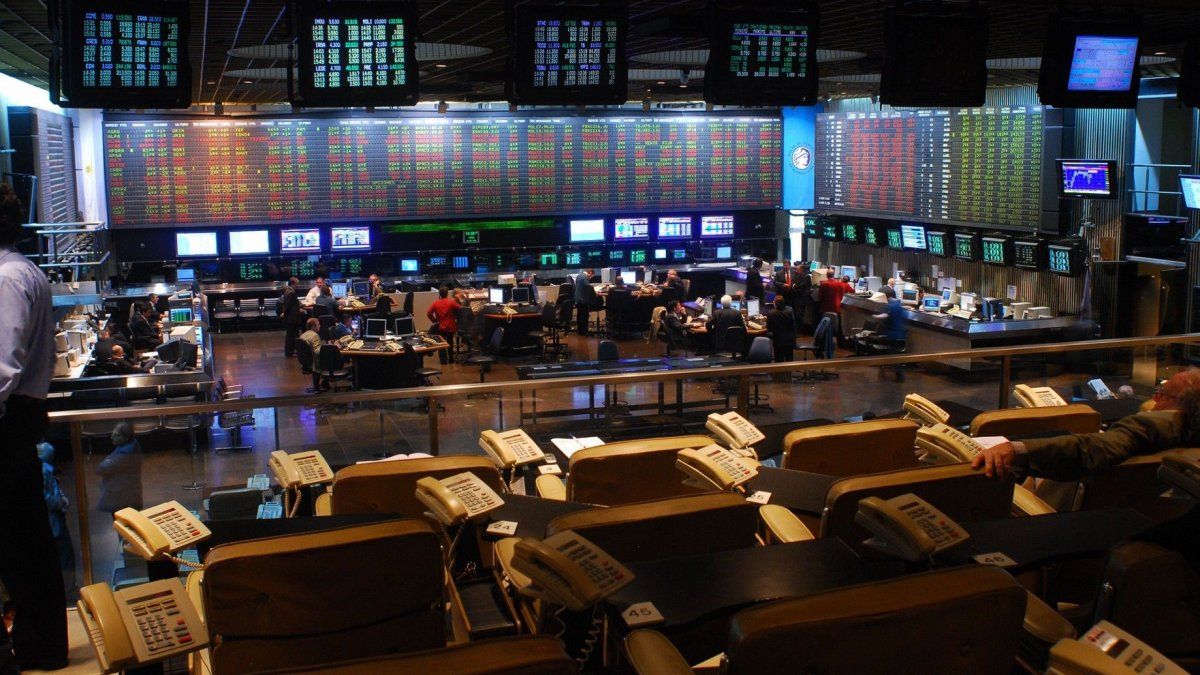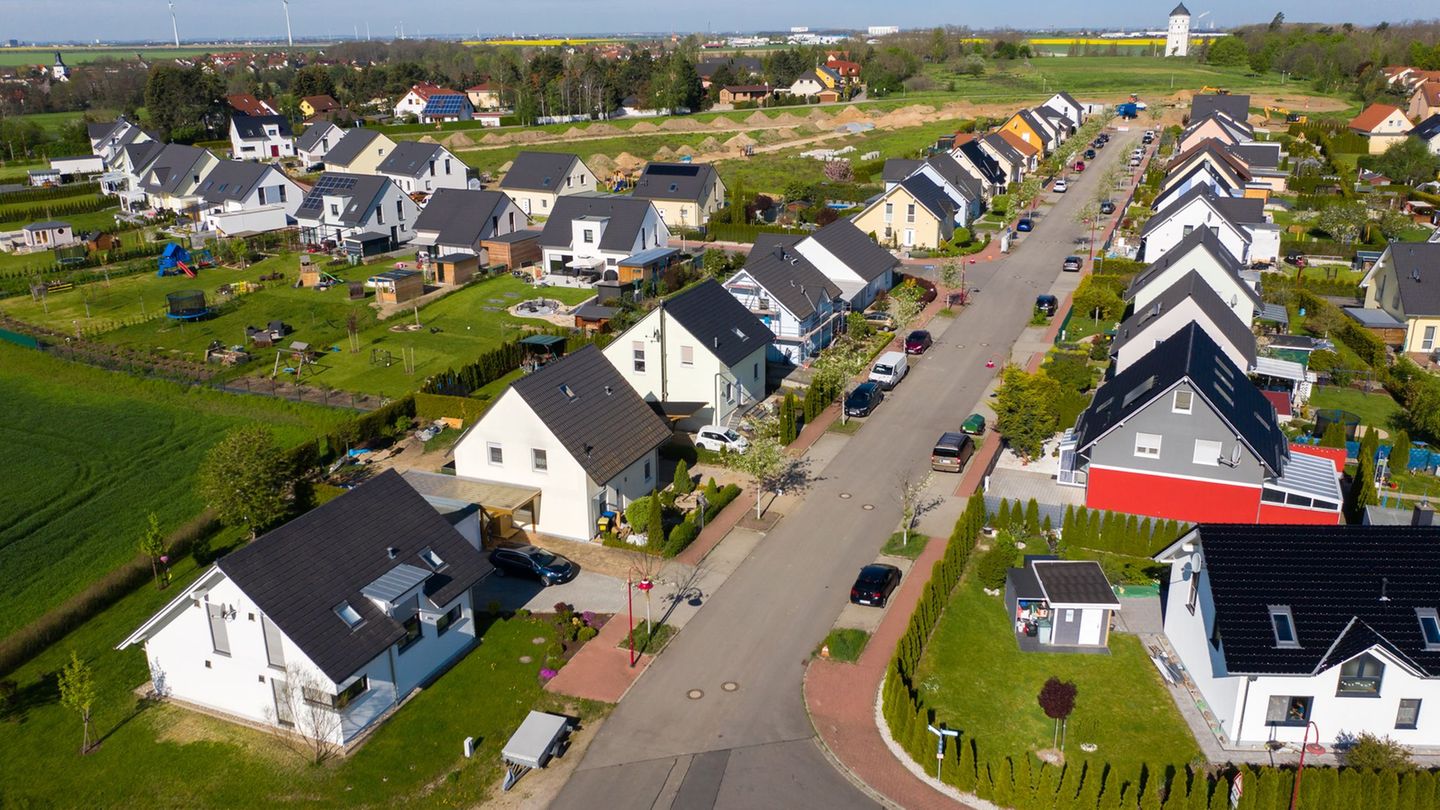In addition, with the country risk above 2,400 points, the interest rate on a 10-year bond went from 5.5 percent at the end of 1997 to 3.3% today, according to a report by the consulting firm Founded by Daniel Marxaadviser to the Minister of Economy, Sergio Massa, on debt and financing.
The study stated that the particularities of the country “they have generated movements that in certain periods implied positive yields superior to those comparable with others in the region”, but the changes of expectations and visions produced more times results with negative tendencies.
In this sense, the report indicates that compared to the maximum of the 1997-2022 period, since January 2018 the current value of the Merval in free dollars (CCL) lost no less than 73%, while a similar comparison shows losses of 18%. for the Bovespa and 35% for the IPSA and a gain of 40% for the S&P.
The Merval hit lows of $75 in mid-June 2002 and highs of $1,759 in late January 2018, so the current price is 519% higher than the low, still a 28% loss in dollars in 25 years.
The study reveals that in the cases of Chile and Brazil, the current price is also below the maximum, but is between 14 and 19% higher than the average, respectively, while the S&P is 122% higher.
The analysis details the notorious collapse after the PASO of August 2019: from the close of Friday to the post-PASO Monday, the shares fell 44% in dollars.
From that moment, and with volatility, the Merval continued to fall until March 2020, when it began a slightly upward trend that accelerated from March last year, but always with great variability.
Since then the index has risen 44%, while the Bovespa rose 4%, the IPSA fell 8% and the S&P rose 2%.
In addition, since last July 14, the Argentine stock market index rose 39%, much more than the Bovespa (22%), the IPSA (0.7%) and the S&P (5%).
The report explains that the recent increase in the Merval was not correlated to the price of bonds in dollars, especially Treasury bonds, because not only the potential for improvement weighs, “but also the depth and liquidity of each type of fixed-income asset, the type of investor and predisposition to exposure to Argentine risk in general”.
The results of the study are affected by the relationship between the price of the shares and the earnings of the companies (P/E, or Price/Earnings).
Argentine companies show lower multiples, which implies that their income stream is considered much more uncertain and “discounted” at a higher interest rate.reflecting the greater risk inherent in a high-inflation economy, subject to fluctuations and exchange rate traps and constant and unpredictable regulatory changes.
The study specifies that the P/E are taken at the official exchange rate and could be higher than the CCL dollar.
In turn, the firms on the Merval panel have lower levels of total and net indebtedness in relation to their income than those on the Brazilian or Chilean stock markets, which more than solidity reflects difficulties in accessing credit to leverage opportunities and grow.
Source: Ambito
David William is a talented author who has made a name for himself in the world of writing. He is a professional author who writes on a wide range of topics, from general interest to opinion news. David is currently working as a writer at 24 hours worlds where he brings his unique perspective and in-depth research to his articles, making them both informative and engaging.




